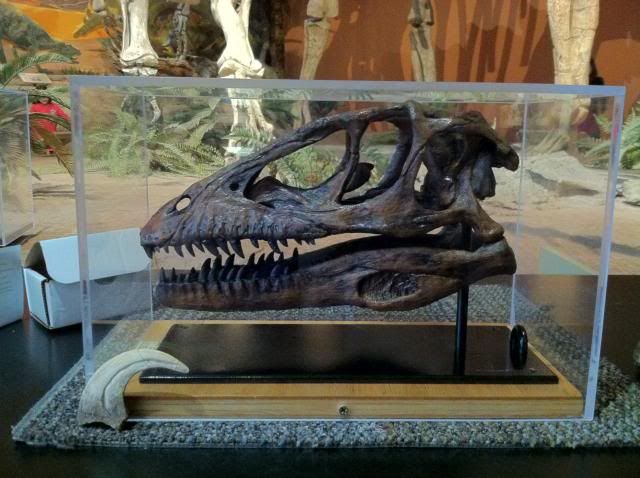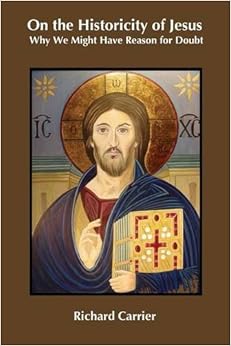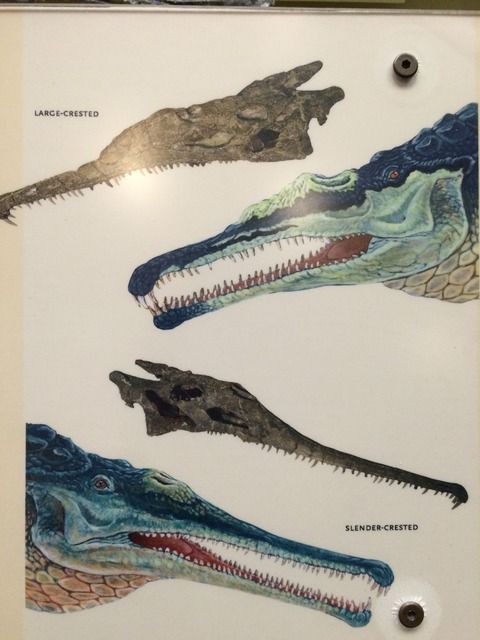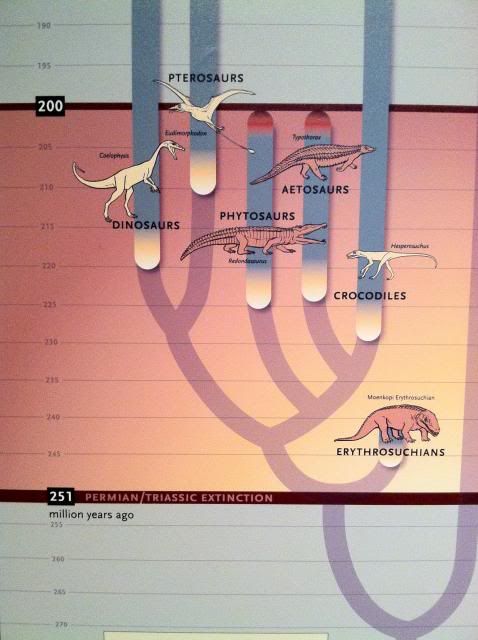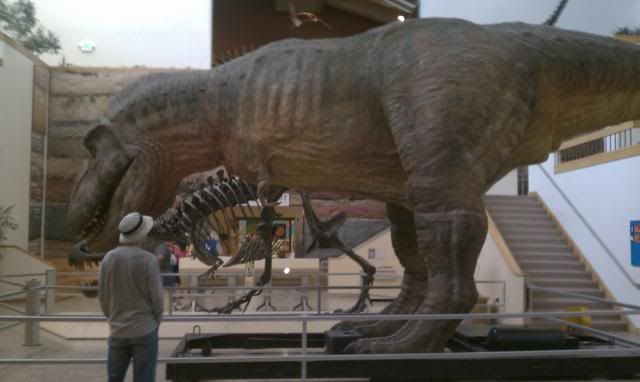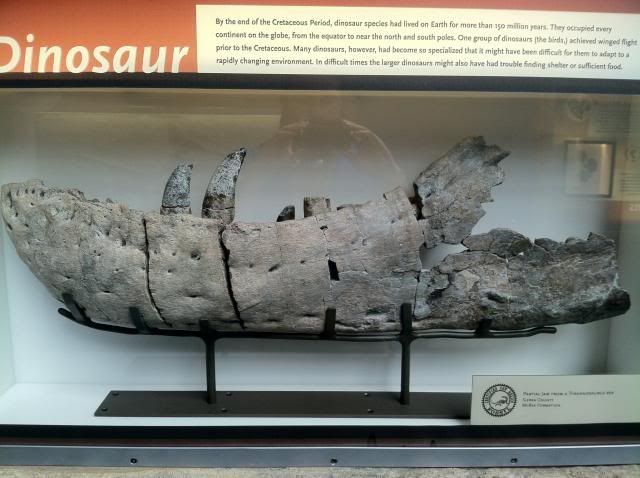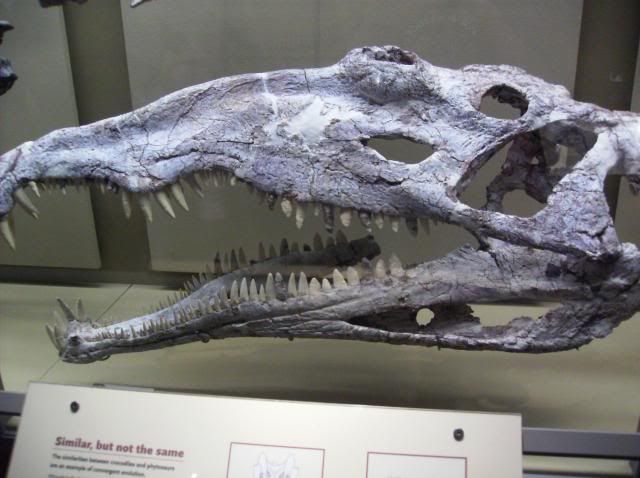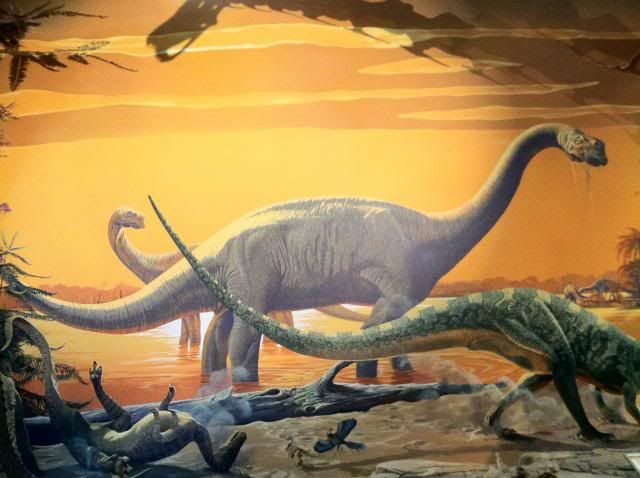For the purposes of this post I shall define God as an omnipotent, omniscient creator being with a vested interest in mankind and the individual welfare of human beings. This definition includes, but is not limited to the Judeo-Christian God.
Why is it important that I begin by pointing out these characteristics of God? Because a God with these characteristics necessitates the problem of evil. An omnipotent being can do anything to stop evil, an omniscient being knows the details of all the evil that is happening at all times, and how to stop it, and a being with a vested interest in mankind and the individual welfare of human beings should be stopping evil. The attribute of creator is also important because God created conditions in which evil can exist in the first place.
These divine characteristics are not uncommonly attributed to God. In fact I’d posit that the God of Judaism, Christianity, and Islam necessarily has these characteristics. The problem of evil asks; given these attributes why isn’t God doing anything to stop evil?
The standard theistic response to this is called the free-will defence. This states that moral evils are caused by the actions of free agents—a trait that God gave to us thus meaning we are responsible for our action rather than him. If we grant this, I shall argue that it does not do much to get around the problem of evil. So for the time being I shall grant that the evils committed by moral agents are not in God’s control because he gave us the free will to decide whether to be good or bad.
Lets look first at what makes someone a moral agent. I put forth that it requires at least two things; understanding of the potential harm or benefit of one’s action or inaction, and then acting (or not acting) deliberately, having considered these things. What we consider morally good actions are those in which the actor has considered the harm and benefit of their actions and deliberately acted in a way that is beneficial. Morally evil actions would be the same but with the actor deliberately deciding to act in a harmful way.
Where we arrive at a separate facet of the problem of evil is when we apply this criteria of moral agency to God. The act of creation by an omniscient being is a moral action because he already knew all of the potential harm caused by his creating the universe. Being omnipotent allows us to contend that God could have created a universe with no suffering, but chose not to, so we cannot posit that God had no choice but to create a world with suffering. Everything that happens in this universe could either have been prevented from the start, or stopped from occurring (excluding for the sake of this argument the free actions of human beings). This means that God decided to create a universe in which earthquakes, drought, disease, viruses, parasites, cancer, and so on can occur, and then failed to prevent them from occurring. This is the heart of the problem of evil. It’s not necessarily about human evil, it’s about a God who allows his creation to harm and inflict suffering on innocent people, and doesn’t do anything to stop it—in fact he created the universe in such a way that it happens regularly. The atheist has a difficult time making this fit with the idea of a loving God that has an interest in the individual welfare of human beings. It seems to be yet another problem that occurs from the application of inherently contradictory attributes to a being.
These kind of issues are often dealt with by positing that these horrible sufferings occur with some greater purpose in mind. The problem still stands though. God can do anything. Therefore he can arrive at any outcome without suffering. So he still has no morally acceptable reason to allow these things to happen. It is also worth pointing out that God having a plan with a predetermined outcome is in contradiction with the idea of us having free will. Free will entails that all our actions are entirely our own, that they are not presided over by someone tweaking things and manipulating history towards a particular end. If we have free will then God’s plan could fail. But why would God put the universe in such weird jeopardy? At this point it is worth stepping back and realising what we are positing here. A being who created us and gave us free will is engaged in trying to steer history towards his desired outcome in spite of the fact that he could have just had his desired outcome from the start, and he certainly could achieve it without any suffering. It turns our universe into a strange battleground between our free will and God’s ultimate plan. A battle in which suffering and pain—though preventable—are inevitable. Why would God create this scenario? Even if we don’t have free will and everything happens according to his plan, why is God playing weird vanity games with sentient life? It’s all rather unnecessary and it creates a sinister picture of God—which is a problem when you claim that he is unconditionally loving of all beings.
This is the problem of evil. If God exists—no matter how you look at it—the existence of pain and suffering in the world is preventable. The only reason it can persist is if God is not loving, or if God is impotent. This conclusion is true regardless of whether or not we include human free will. In my opinion this is the strongest argument against the Judeo-Christian God. If anybody thinks that I have made any mistakes in my case, has any criticism, or wishes to rebut anything I’ve said feel free to post in the comment thread.
